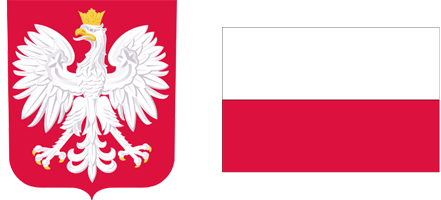Palynostratigraphy and vegetation changes
during the early Middle Pleistocene, based on
new studies of deposits from Ferdynandów
(central eastern Poland)
1
Maria Curie-Skłodowska University, Faculty of Earth Sciences and Spatial Management, Kraśnicka 2 c/d,
20-718 Lublin, Poland
Online publication date: 2015-06-23
Publication date: 2015-06-23
Acta Palaeobotanica 2015; 55(1): 53-66
ABSTRACT
New palynological data from the Ferdynandów site are presented and interpreted against the background
of the earlier division of this stratotype pollen sequence by Janczyk-Kopikowa (1975), with special attention
to a comparison with the nearest profile of a complete Ferdynandovian succession in Łuków (Łuków Plain).
The proposed division of the new pollen diagram from Ferdynandów – into two warm periods of interglacial rank
separated by a succession typical of glacial periods – is based on the new division of the Ferdynandovian pollen
sequence s.l., applied for the first time by Mamakowa (1996) to the Podgórze B1 pollen profile close to Nowe
Miasto on the Pilica river. The two warm units and the cold one between them in the new pollen diagram from
the Ferdynandów site correspond to the climatostratigraphic units named Ferdynandovian 1 and 2. Together
with the cooling/glaciation (Ferdynandovian 1/2) separating them, the whole Ferdynandovian sequence s.l. can
be related to the early Middle Pleistocene Cromerian Complex (Cromerian II Westerhoven and Cromerian III
Rosmalen) and Marine Isotope Stages (MIS) 13–15.
CITATIONS (3):
1.
Linking environmental changes with human occupations between 900 and 400 ka in Western Europe
Marie-Hélène Moncel, Amaëlle Landais, Vincent Lebreton, Nathalie Combourieu-Nebout, Sébastien Nomade, Lucie Bazin
Quaternary International
Marie-Hélène Moncel, Amaëlle Landais, Vincent Lebreton, Nathalie Combourieu-Nebout, Sébastien Nomade, Lucie Bazin
Quaternary International
2.
Quaternary aeolian activity of Eastern Europe (a Poland case study)
Barbara Woronko, Łukasz Bujak
Quaternary International
Barbara Woronko, Łukasz Bujak
Quaternary International
3.
Palynological substantiation of stratigraphic division and correlation of Belovezhian deposits of the Pleistocene of Belarus
A. Shidlovskaya, T. Rylova
Vestnik of geosciences
A. Shidlovskaya, T. Rylova
Vestnik of geosciences
We process personal data collected when visiting the website. The function of obtaining information about users and their behavior is carried out by voluntarily entered information in forms and saving cookies in end devices. Data, including cookies, are used to provide services, improve the user experience and to analyze the traffic in accordance with the Privacy policy. Data are also collected and processed by Google Analytics tool (more).
You can change cookies settings in your browser. Restricted use of cookies in the browser configuration may affect some functionalities of the website.
You can change cookies settings in your browser. Restricted use of cookies in the browser configuration may affect some functionalities of the website.


